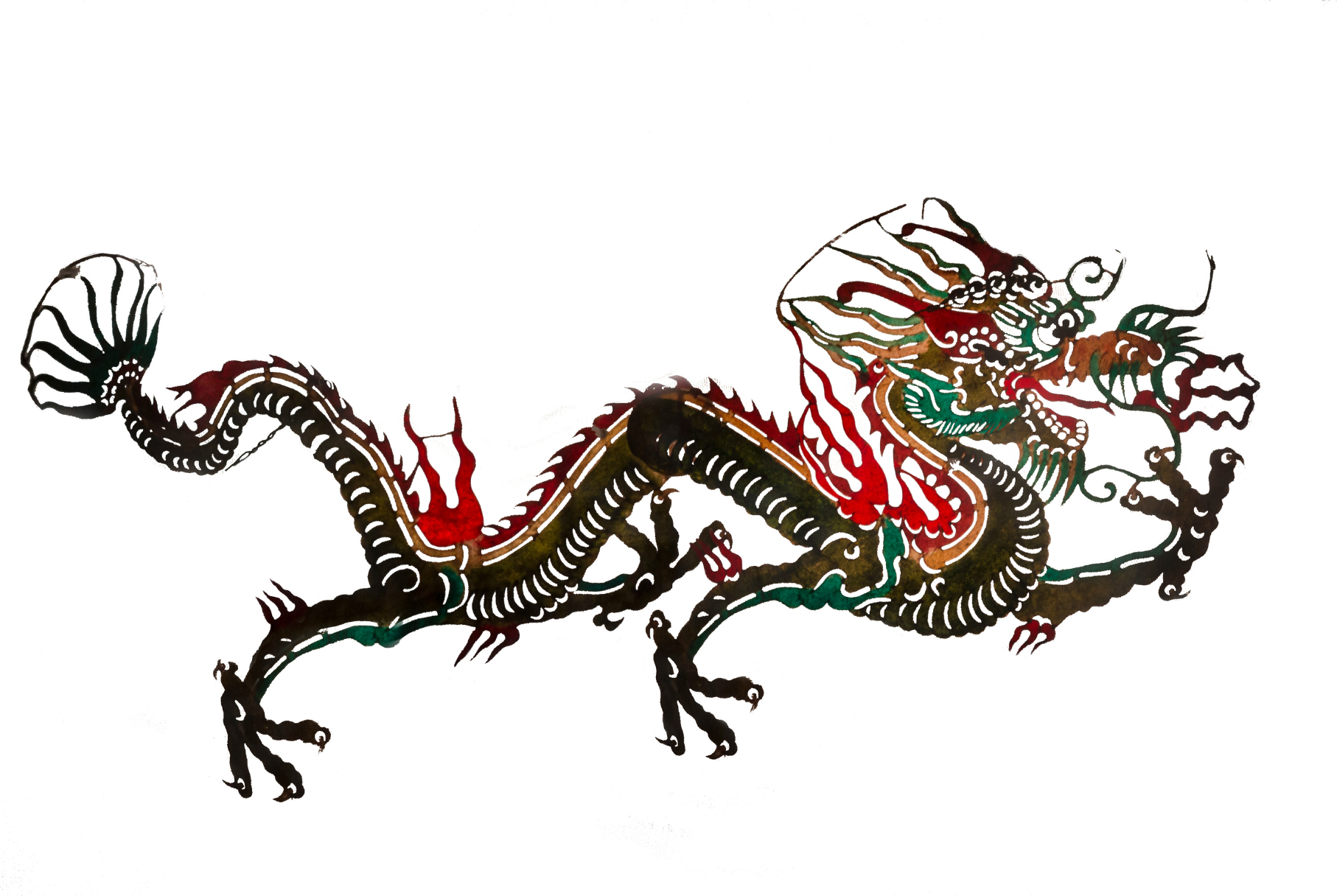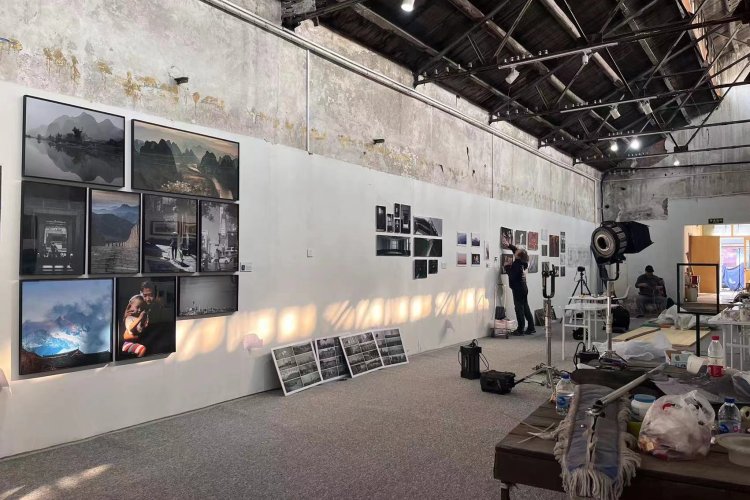Exploring Shadow Puppetry: A Timeless Chinese Art
Shadow puppetry (皮影戏 píyǐngxì), also known as “shadow play” or “lamp shadow play,” is an ancient form of folk theater that uses puppets made of animal hides or cardboard to perform stories. The puppets are manipulated behind a translucent screen, with the actors telling stories in local dialects, accompanied by traditional music played on percussion and string instruments. With its deep roots in rural Chinese culture, shadow puppetry reflects the essence of folk traditions and has a rich and diverse history.
Originating more than two thousand years ago, shadow puppetry is considered one of China's oldest performing arts. Its beginnings can be traced to the Western Han dynasty, flourishing during the Tang dynasty, and reaching its peak in the Qing dynasty. The art form later spread to West Asia and Europe during the Yuan dynasty, showcasing its far-reaching influence.

There are many legends surrounding the origins of shadow puppetry. One of the most popular stories links the art form to the military strategies of the Zhou dynasty's King Wu, who supposedly used shadows to trick enemies during a siege. Legend has it that King Wu's general, Huanglong Zhenren, used shadows projected on a paper-covered city gate to deceive the enemy, making them believe the city was heavily fortified, thus avoiding a battle. Some sources even trace shadow puppetry's origins to the Spring and Autumn period, with tales of Confucian disciple Zixia creating shadow plays in the state of Wei to attract audiences to his lectures. However, these stories remain largely folklore and lack historical documentation.
The unique appeal of shadow puppetry lies in its diversity. The puppets themselves vary greatly depending on the region, with differences in materials, design, and techniques. For example, shadow puppets in Guangdong and Hunan are typically made from paper, while those in Hebei's Tangshan and Liaoning's Gaizhou are often crafted from donkey hide. Zhejiang shadow puppets are made from goat skin, and in Shanxi's Xiaoyi, both sheep and cow hides are used. Each region brings its own artistic touch to the craft, whether in the color choices, puppet designs, or the vivid storytelling styles.

In terms of appearance, puppets from different areas feature distinct facial designs. For instance, puppets from Langzhong in Sichuan province have oval faces with flexible facial features and clothing patterns inspired by local northern Sichuan designs, often with a focus on abstract representation. Meanwhile, puppets from Haining in Zhejiang province typically have round faces with side profiles, appearing more lifelike and less exaggerated.
The techniques of creating shadow puppets also vary across regions. Shanxi shadow puppetry, for example, uses plant-based dyes to achieve vibrant colors such as bright red, green, and apricot yellow. In contrast, shadow puppets in Lufeng in Guangdong Province often use a more limited color palette of red, black, and green. Zhejiang artisans typically carve the puppet outlines first before applying colorful paints in blue, red, black, and yellow hues.
The musical styles accompanying shadow puppetry performances are as varied as the puppets themselves. In Haining, shadow puppetry is performed to the rhythm of “Yiyang” and “Haiyan” operatic tunes, accompanied by traditional southern Chinese instruments such as the dizi (flute), suona (double-reed horn) and erhu (two-stringed fiddle). In contrast, the Jianghan Plain region's performances rely on “chicken crowing” and “fishing drum” melodies rich with local flavor. In the northern regions, such as Hebei, performances often feature unique vocal techniques, with some styles emphasizing guttural throat singing.

China's complex geography has shaped the development of shadow puppetry into a vibrant and diverse art form. Even within a single province, different regions may have entirely distinct styles. For example, in Hebei, the shadow puppets in Zhuozhou are around 50cm tall and painted without tung oil, while in Luan County, the puppets are smaller and painted with tung oil, with scripts used during performances. This regional diversity contributes to the colorful tapestry of Chinese shadow puppetry, reflecting the country's diverse cultural heritage.
Today, shadow puppetry remains a cherished and dynamic art form in China. Its history, rich with myths and cultural significance, continues to evolve, ensuring that this ancient tradition is preserved for future generations. With its blend of visual art, music, and storytelling, shadow puppetry is a testament to the enduring creativity and cultural depth of Chinese folk arts.
READ: Three Things for the Week Ahead in Beijing (May 26-Jun 1)
Images: Unsplash, Canva







